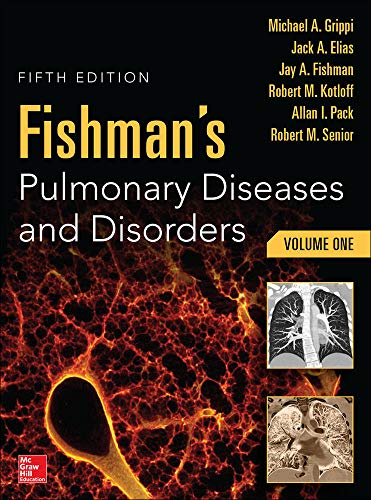

Fishman’s Pulmonary Diseases and Disorders, 5th Edition (Videos + Audios)
$8.00
Format: 63 Videos + Audios
Category: *HOT books Respiratory Medicine Videos/Audios
published date: 29 Apr 21


$8.00
Format: 63 Videos + Audios
Category: *HOT books Respiratory Medicine Videos/Audios
published date: 29 Apr 21
VIDEOS INCLUDED: